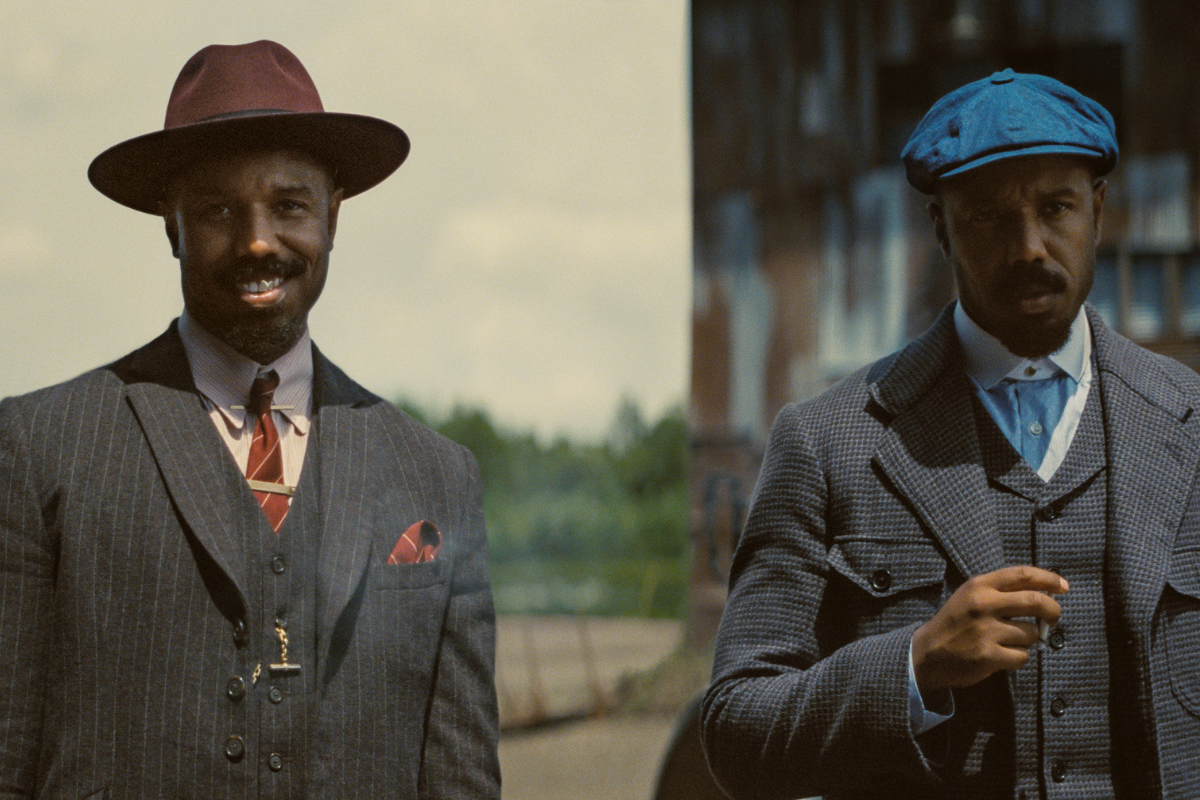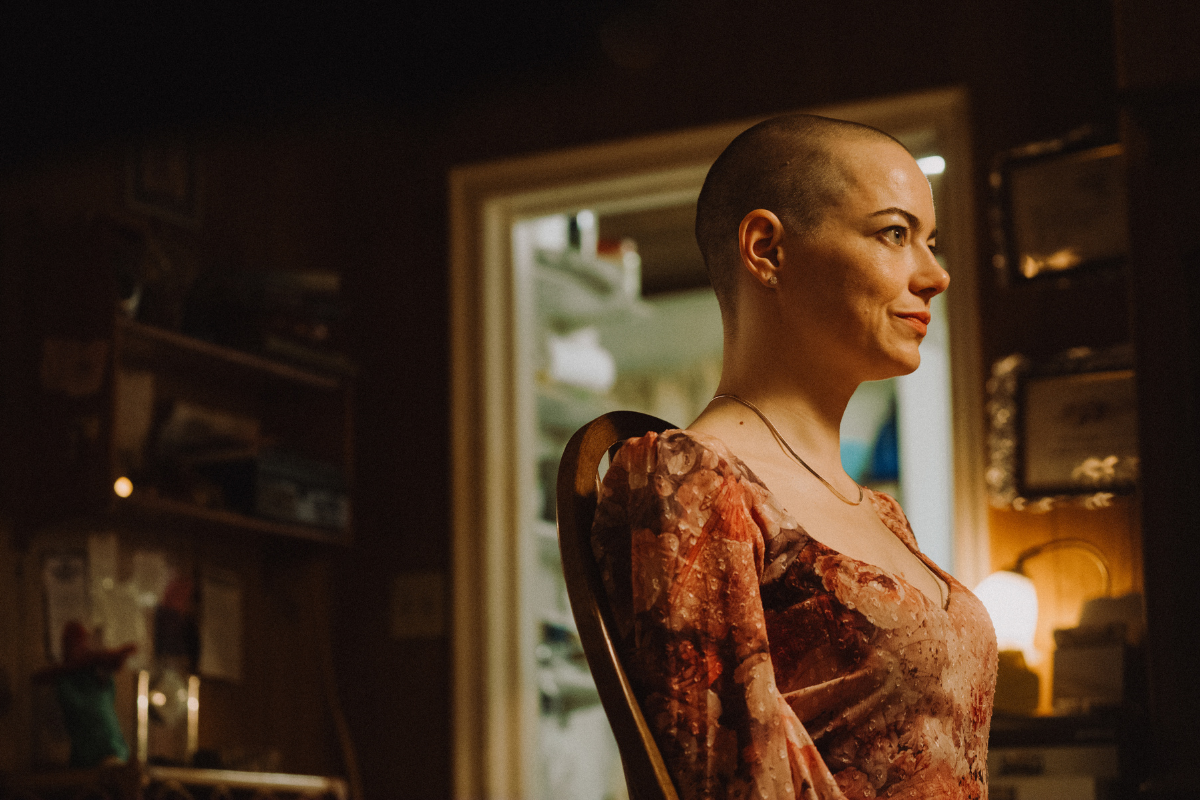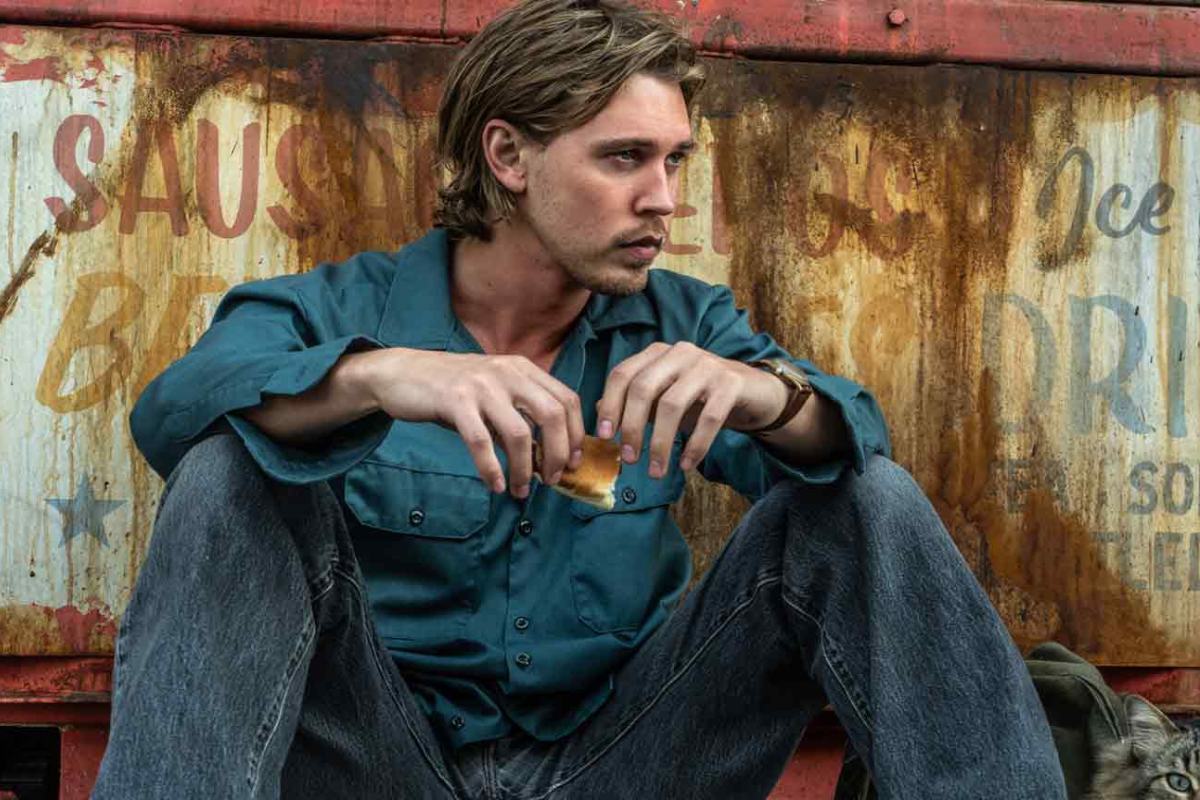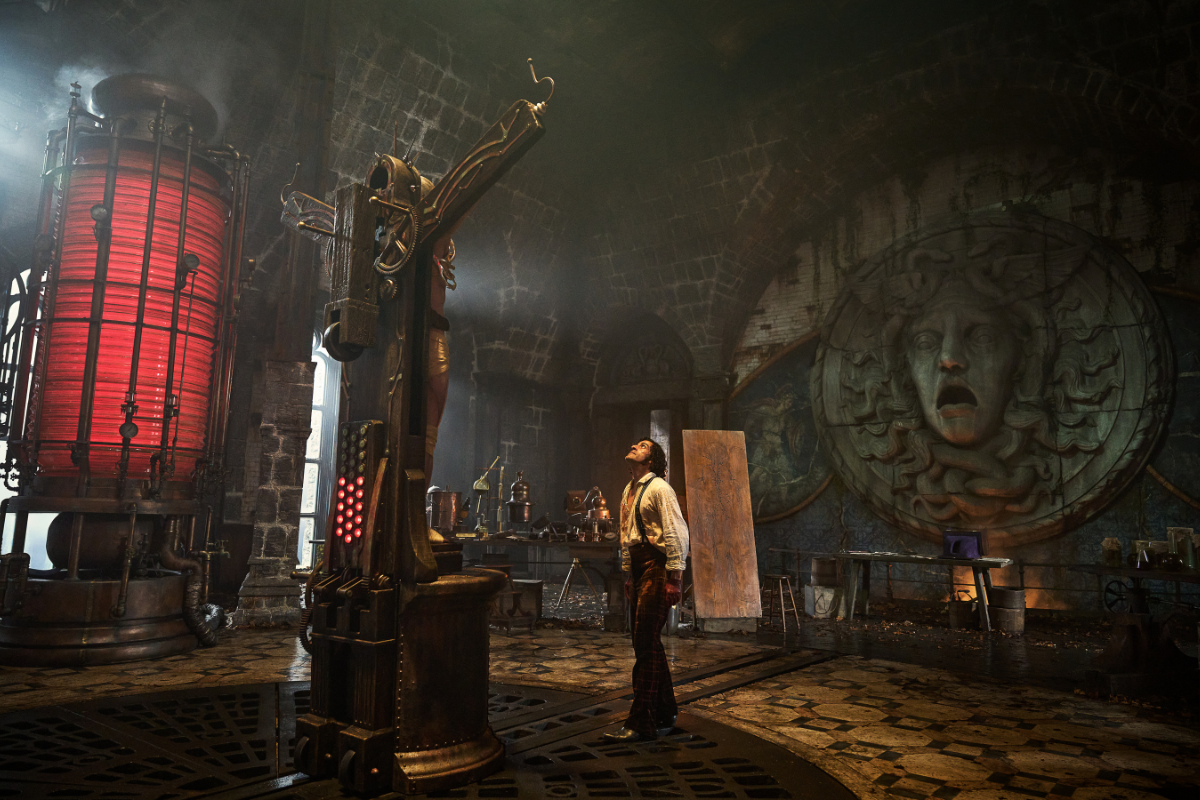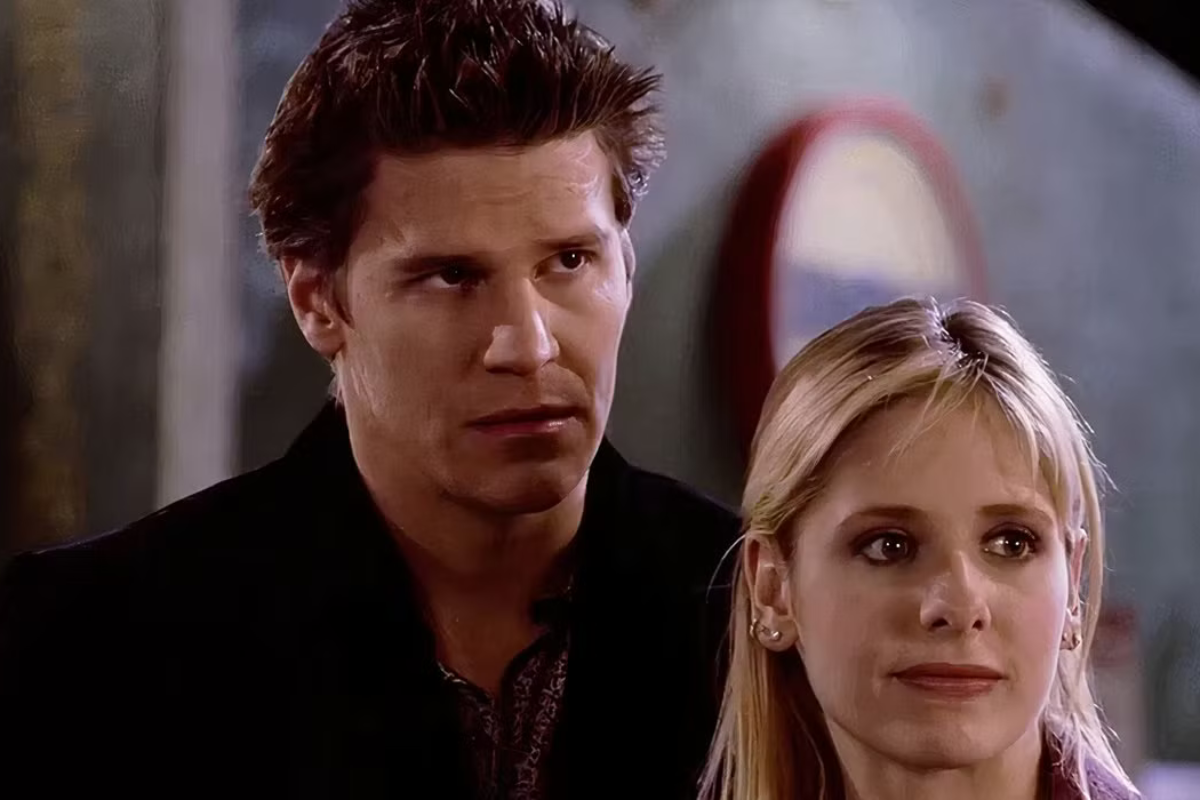SCRIPT SECRETS: Slow Burns… Are Still On Fire
William C. Martell dives into what a “slow burn” movie is by analyzing horror films, including Midsommar, which was recently re-released.
When some writers are given the note that it takes forever for their script to get started or that nothing happens in their story until the end, they often respond that their story is a “slow burn.” But what exactly is a slow burn? With Halloween decorations popping up all over town, let’s take a look at “slow burn” horror films, and Ari Aster’s “Midsommar” (2019) which was recently re-released in an expanded version. I saw the original version in July which ran 147 minutes and also the expanded Director’s Cut which runs 171 minutes... both are probably considered “slow” by modern audiences, but both are definitely on fire. And the longer version does seem faster paced, which is odd. But first, what they heck is a slow burn?
A “slow burn” story, instead of being action-action-action like your standard Hollywood film, has the story develop slowly and methodically towards an explosive boiling point. So all of the action is usually “back loaded”—with the story building and building and building until a big climax. Those writers with a story where nothing happens until the end may be okay, right? Probably wrong, because the main thing to remember about a slow burn story is that it is always on fire. Always. The water may not be boiling until the end, but you can still burn your finger if you put it in the pot. Things are happening from the very beginning and building. And “slow burns” usually start strong to make up for the slow burn. There are slow burns in every genre, from Thrillers to Romances. Though the fires don’t erupt until the end, “Midsommar” starts strong and uses basic horror techniques like “poking the tiger” and mystery and “Did I Just See That?” to keep up the pace until we reach the inferno.
In “Midsommar” college student Dani (a great Florence Pugh) is worried because her bi-polar sister Terry has sent an ominous text about their parents. She calls her noncommital boyfriend of four years, Christian, to cry on his shoulder. Christian (Jack Reynor) is in a pizza parlour with three buddies (also college students): the serious and studious Josh (William Jackson Harper), complete jackass slacker Mark (scene stealer Will Poulter) and soulful Swedish artist Pelle (Vilhelm Blomgren). All three wonder why Christian hasn’t dumped the emotionally needy Dani. The trio is planning a trip to Sweden as Pelle’s guest during his village’sMidsommar solstice festival—full of pageantry. Josh’s dissertation is on summer solstice traditions, Mark just wants to hook up with “hot Sweedish milk maids”, and Christian is a completely directionless person... but getting away from Dani for a month seems like a great idea. Just when his buddies convince Christian to dump Dani, he takes her call...
And we cut to the crime scene...
START THE FIRE
Where Dani’s sister Terry has murdered her parents and then taken her own life. This happens around ten minutes into the story, providing a real jolt to the audience and to the story... because now Christian can’t dump Dani before the trip to Sweden. In fact, he feels compelled to ask if she would like to come along... hoping that she will be too depressed to travel, and decline. The murder/suicide scene serves to reassure the audience that they are in the correct cinema—this isn’t going to be a story about four rowdy college boys on a funny sex filled romp in Sweden, this is a horror movie. The dead parents and sister are an indication of things to come.
Most horror stories tend to have an early scene like this whether they are slow burns or not. Slasher films like the original “Halloween” (1978) or “Scream” (1996) usually begin with a first kill. Monster movies like “Jaws” (1974) or “Aliens” (1986) or “Shin Godzilla” (2016) often begin with an attack.Ghost stories like “The Haunting” (1963) begin with a terrifying death which provides one of the ghosts or like “The Changeling” (1980) with a violent accident that leaves the protagonist alone and without a family. So even if the story is a slow burn, it will usually begin with a taste of what’s to come to whet the audience’s apatite. This is true in slow burn thrillers and slow burn romances as well, just with less bloodshed.
[Script Extra: The Importance of Clear Objectives]
Other types of foreshadowing also help keeps the fires burning early on: There is an old painting of a princess petting a giant black bear on the wall over Dani’s bed. It’s like something out of a fairy tale. Pelle’s explanation of his village sounds more like a crazy cult, and Mark points this out. Dani and Christian’s relationship is a source of conflict throughout. And Dani is a complete outsider. The fifth wheel on the trip to Sweden, and now that her entire family is dead—like the lead character in “The Changeling”—she is alone in the world. The four guys have each other, but she doesn’t even have Christian. Oh, and whenever anyone says the word “family” she remembers her murdered father and mother and freaks out.
Like when Pelle tells her that his parents died in a fire when he was a child and his village became his family... and Dani bolts to the bathroom to cry... and ends up crying in the airplane bathroom on the way to Sweden.
THE RIVER STYX
It’s a four-hour drive from the airport to the village, and the conversation includes cults and brainwashing and Mark keeps bringing up milk maids. When they have driven deep into the forest in Sweden—away from civilization—Pelle parks the rental car in a field where other rental cars are parked. The field is filled with fellow village young people who have been out in the world experiencing life—similar to the Amish Rumpspringa—and have returned for the festival and brought guests. The village people are dressed in white clothing, setting the guests in their dark colored clothing apart.
They meet another pair of guests, Connie (Ellora Torchia) and Simon (Archie Madekwe) from London who have recently become engaged, and we learn a bit about the village and its customs—they worship nature and believe that all things from Mother Earth are good... including psychedelic mushrooms—try some. They have a tea if Dani would prefer that. So the whole group trips as their first step into the village.
One of the things to consider in any script are the “threshold scenes” like this. In my thriller “Implicated” (MGM) I made sure that when the detective enters the female suspect’s house it was a big moment—crossing an ethical line. In horror there are often big moments when the protagonist enters the haunted house, or the family moves into the new home next to the highway and in front of the pet cemetery, or when the van load of kids enter cannibal country. This is the big scene where character move from the “normal world” into the world where danger lurks. Often there is a character who warns them about the dangers beyond, “You’re all doomed! Except for you... you’re the protagonist.”
I have always said that films are shared dreams (we sit in the dark as a group and experience them and they tend to follow the logic of dreams rather than reality) and horror films are shared nightmares, and the use of Mother Nature’s psychedelics helps to send us into this dreamworld. Crazy things can happen, but are they really happening? The other great thing established in this scene is that we are in Sweden in summer where it never really gets dark—the days are very long, and all of the horrors will take place in bright daylight.
After their trip, the group is lead off the dirt road and through the woods on a serpentine trail to the village, where they pass through an actual wooden portal into....
HAPPY HELL
The village is a collection of wood structures and groups of happy people in white frocks with embroidery singing and dancing in the bright summer sun. The guests are welcomed with hugs. This place would win any competition with Disneyland for The Happiest Place On Earth. Which works to make the horrors even more shocking and unexpected. They enter the village at the 40-minute mark in the Director’s Cut, about where Act 2 begins.
[Script Extra: Writing Action Movies—How Much Juice is Enough?]
This is where scripts often go wrong in slow burns, because Act 2 is the “conflict act” and we are simmering instead of exploding, which can seem slow and boring. It’s our job to prevent it from becoming boring by making sure the audience doesn’t forget that the story is on fire. Here are some of the methods for accomplishing this.
HINTS OF THINGS TO COME: Charming villager Ingemar (Hampus Hallberg) gives the group a tour of the village on their way to the barracks where they will be sleeping. He explains some of the basics of how their society works. This acts as both exposition and a way to tease the audience about some of the horrors to come. As they pass a giant brown bear, and Simon says, “So we’re just going to ignore the bear?” And Ingemar answers, “It’s a bear. ”This seems to diffuse any fear they might have, but actually just makes the audience think more about the bear. What *will* it be used for in the festival? Christian asks about a wooden structure at the edge of the village and is told it is forbidden, not for him.
Their culture is built around the number 9, and they are in luck because every 90 years they have a special element in their celebration—and that is this year. The lives of the villagers are divided into “seasons”—from birth to 18 years they are children raised by the whole village, from 18-36 they live in the outside world and learn things that will help the village, from 36-54 they return to the village and work, and from 54-72 they are the wise elders who mentor others. When someone asks what happens after they are 72, Pelle jokes that they die. But is it a joke?
The barracks are where single people live (from babies to young men and women) in a big open space. The walls are painted with fantastic images—hey, there’s a bear! Hey, there is a building on fire! Hey, there is someone drinking a mug of menstrual blood! What the heck is that a painting of? Dani discovers a wall of old photographs, and Pelle tells her they are the May Queens—the last one standing after a dancing competition.
This starts the audience thinking about how each of these things might pop up again in the story. What is in that forbidden structure at the edge of the village? Will someone be eaten by the bear? What is that thing that only happens every 90 years? These questions engage the audience in the mystery of the village.
POKING THE TIGER: Tension is a caged tiger looking for a way out... angry and ready to attack. To keep the tension alive you have to keep poking at that tiger to keep him angry. Last thing you want is a sleeping tiger... and a sleeping audience. Slow burns require that you keep poking the tiger, bringing that hidden conflict to the surface. Reminding the audience of the fire.
The tension (and suspense) in Hitchcock’s “Rope” comes from that dead dinner guest hidden in the trunk in the middle of the living room.. Will the body be discovered? We don’t want the audience to forget that body is in there - that will remove the suspense and tension—so we need to constantly remind the audience that a dead body is in that trunk, and constantly have it *almost* being discovered. We need to keep poking that caged tiger with pointed sticks to keep it growling! So throughout “Rope” people are constantly *almost* discovering the body.
“Midsommar” establishes the village traditions as being very methodical—it’s not just that everything is divisible by 9, the tables for meals are set up in specific geometric patterns and when the group is called to dinner nobody sits. “We will stand until it is the right time to sit.” They stand at the table for an uncomfortable amount of time, until the village elder sits down, and then everyone else does in almost Busby Berkeley precision. This is a society of customs and rituals, and these outsiders need to be careful not to offend them... which creates a culture clash that “pokes the tiger” on a regular basis. Mark is the ultimate “ugly American”, he is self centered and doesn’t care who he offends. After it was the right time to sit, no one begins eating... except Mark who just shovels food into his mouth. Um, there was a moment of silent prayer that he screwed up.
Throughout the film Mark does one unthinking and unfeeling thing after another, each worse than the one before, until he does something so horrifying and unthinkable that you expect them to execute him on the spot... and that is poking the tiger. It seems like Mark does something to offend the village almost every ten minutes. He is constantly vaping and blowing smoke in people’s faces, and this culture doesn’t smoke.
The traditions of the village also “poke the tiger”—things become stranger and stranger the longer they are there, and around the one hour mark we witness a particularly violent and gory tradition that makes the audience wonder if our guests may be in danger. Like the murder of Dani’s parents at the ten minute mark, this event promises even more horrors to come... and worries us that Mark’s stupidity will get them all killed.
[Script Extra: Create High-Value Conflicts to Elevate Your Drama]
Part of the fun is that the sudden violence is an element of the methodical traditions of the village. So it’s back to dancing and singing and celebrating summer solstice. Poking the tiger works in any genre - in the romance slow burn it might be the two characters bumping into each other by accident and sparks fly.
THE CONFLICT WITHIN: The original “Haunting” (1963) has a team of psychics trying to ghost bust a haunted house, and between the scare scenes you get to "catch your breath" with scenes of mentally unbalanced romance, as Julie Harris interprets everything that Richard Johnson does as proof that he's secretly in love with her. He is married and doesn't even flirt with her - but she's so delusional that she's sure it's love. This is almost as creepy as the ghost attacks (just in a different way). So the "valleys" in the ghost story are "peaks" in the twisted romance story. Whether you are writing a haunted house story or a slasher flick or some other horror subgenre, remember that the pressure on the outside will create conflicts within your group of characters.
Mark isn’t the only character causing problems in “Midsommar”, aimless Christian decides to write his thesis on the village... even though he knows that is the reason why Josh is here. This creates a major conflict between the two friends, which is expanded in the Director’s Cut. During Act 2, each tries to uncover information about the village’s traditions—including the secret traditions that they are forbidden to know. That includes a lot of sneaking out of the barracks when everyone is asleep and exploring spooky dark places where they are not supposed to be... which generates suspense. What if they are caught? This also creates conflict between the two friends—which might erupt into a fist fight at any time.
Christian also still wants to dump Dani, and they have a couple of big juicy arguments. Now factor in village girl Maja (Isabelle Grill) who has just reached mating age and has her eye on Christian... and he is looking right back at her. If he can just dump Dani, he can hook up with Maja, and... So all of these conflicts among the members of the group not only keep things interesting while the slow burn horror is simmering in the background, they add to the fire—creating conflicts with the village. There are no slow spots in a good slow burn movie, just different kinds of excitement.
MYSTERY: Horror movies are Mysteries at their core. A haunted house movie like “The Changeling” is usually about the living solving the murder of the ghost so that they can rest in peace. “Friday The 13th” and “Nightmare On Elm Street” and other slasher movies are about the mystery of the killer (Jason drowned, Freddy was murdered). John Carpenter’s “The Thing” is like an Agatha Christie movie with a monster. “The Ring” focuses on the mystery of the killer video tape—what do the images mean? Horror uses mystery to give the characters something to do in Act 2, so that they aren’t just victims waiting to be killed. They have a goal—solve the riddle—and if they are successful they may just survive. “Midsommar” has been compared to “The Wicker Man” (1973), another slow burn about a village with a secret; and that film is presented as a mystery with a detective looking for a missing girl on a remote island with... unusual customs. “Midsommar” also uses mystery in Act 2...
Josh learns that one of the forbidden buildings houses the written history of the village, including all of the secret rituals. So he sneaks in late at night to maybe steal some of the books and photograph them. Christian also has places that he wants to search late at night to discover the secrets of the village. By giving these character a goal, a mystery, they uncover information (instead of someone telling them in a boring information dump) plus we have suspense scenes and twists and we give these character purpose. The great thing about a mystery in a horror story is that it puts the protagonists on a collision course with danger. They are searching for answers or information, and that leads them to trouble. Let’s go into the “Psycho” house and talk to Mrs. Bates...
DID I JUST SEE THAT?
One of the great techniques in horror that helps a slow burn story is having characters disbelieve the protagonist, or having the protagonist disbelieving what they have seen, or having the audience wonder if the protagonist might just be crazy. This gets into the nightmare elements of a horror film. Does insanity run in Dani’s family? Her sister had serious problems, and Dani also has issues. Plus, much of the tea that they are served in the village has psychedelic properties... and the villagers have many secrets and some of them may involve human sacrifice.
One of the mistakes that horror films often make is being obvious instead of subtle. To put the weirdness in the foreground where the audience can’t miss it, instead of having it off to the side where the audience isn’t sure what they have seen. Horror comes from fear of the unknown, so being obvious often backfires. “Midsommar” often has trippy moving elements in the background of a shot—the tree bark that seems to flow down to the roots or the flower in Dani’s hair with slightly moving petals or the trees in the background forming the image of Dani’s sister killing herself. Did I just see that? The whole world is slightly off kilter. You see things moving in the corner of the frame, but when you turn to look... it’s perfectly normal. This gets under the skin of the audience. I don’t think this is a technique that works in a slow burn romance, but you are free to try it.
You can see how using these techniques can keep things interesting while things are burning slowly in Act Two, and keep the fire and interest going until things explode in Act Three. The most important thing to remember in a slow burn story regardless of genre is to start strong and then keep reminding the audience of that fire just below the surface throughout the story. Don’t let them forget about the flames that will erupt at the end. A slow burn is always on fire.
“It’s a bear.”
END.
William Martell Shares Action Movie Advice in His On-Demand Webinar, Furious Writing: Car Chases, Shoot Outs & Action Scene!
At a Glance:
- Writing an action film or even a comedy or mystery with action scenes?
- In this live webinar you will learn techniques to make your action scenes more exciting and character oriented.
- Discover how to make your scenes as exciting to read as the film will be.
William C. Martell has written 20 produced films for cable and video, including three HBO World Premieres, a pair of Showtime films, the thriller Hard Evidence (Warner Bros.), and the family film Invisible Mom. He wrote an original horror script for a popular streaming service that was released October of 2023. He is the author of The Secrets of Action Screenwriting. Follow William on Twitter: @wcmartell.


